Primary Prevention Of Coronary Artery Disease
Primary prevention of coronary artery disease. Initial evaluation of risk factors is the first step in the prevention of coronary artery diseases1 Coronary artery disease CAD is the most common form of heart disease. It is the result of atheromatous changes in the vessels supplying the heart. However 3 recent hallmark trials - ARRIVE ASCEND and.
Prevention of coronary artery disease CAD following a cardiac event has been successful by modifying known conventional risk factors such as cholesterol. Low-dose aspirin should not be administered on a routine basis for primary prevention of ASCVD among adults 70 years. This test can help determine the risk of future cardiovascular disease among individuals with no history of established coronary artery disease.
There are several ways you can reduce your risk of developing coronary heart disease CHD such as lowering your blood pressure and cholesterol levels. The following discussion and recommendations for post-STE and NSTE ACS management. A coronary artery calcium CAC scan is a rapid test that visualizes the presence and severity of atherosclerosis involving the coronary arteries without use of any contrast agents.
The development and progression of atherosclerosis is an intricate inflammatory process dependent on intimal entry of. Randomised trial of intravenous streptokinase oral. An overview of the primary prevention of CVD is presented here including a discussion of the additive benefits of risk factor reductions through therapeutic lifestyle changes TLCs and adjunctive drug therapies of proven benefit.
Eat a healthy balanced diet A low-fat high-fibre diet is recommended which should include plenty of fresh. Primary Prevention of Coronary Artery Disease Michael J. Primary prevention of coronary artery disease CAD is an important means to reduce the burden of the disease.
Low-dose aspirin might be considered for primary prevention of ASCVD in select higher ASCVD adults aged 40-70 years who are not at increased bleeding risk. Aspirin has been widely prescribed over the last several decades as part of primary CAD prevention strategy. Primary prevention efforts such as exercise weight control cessation of smoking and alcohol intake can greatly affect the development of CAD.
These risk factors are age-dependent and less effective for primary prevention. Post-STE and NSTS ACS Treatment.
Primary prevention of coronary artery disease CAD is an important means to reduce the burden of the disease.
Eat a healthy balanced diet A low-fat high-fibre diet is recommended which should include plenty of fresh. The Primary and Secondary Prevention of Coronary Artery Disease 10. It is the result of atheromatous changes in the vessels supplying the heart. Low-dose aspirin should not be administered on a routine basis for primary prevention of ASCVD among adults 70 years. The following discussion and recommendations for post-STE and NSTE ACS management. A coronary artery calcium CAC scan is a rapid test that visualizes the presence and severity of atherosclerosis involving the coronary arteries without use of any contrast agents. These risk factors are age-dependent and less effective for primary prevention. Hypercholesterolemiadrug therapy Pravastatintherapeutic use Primary Prevention. Using a meta-analytic approach to combine large-scale genome-wide and targeted genetic association data we developed a new genomic risk score for CAD metaGRS consisting of 17 million genetic variants.
The Primary and Secondary Prevention of Coronary Artery Disease 10. Primary prevention of coronary artery disease CAD is an important means to reduce the burden of the disease. Hypercholesterolemiadrug therapy Pravastatintherapeutic use Primary Prevention. Coronary Diseaseprevention. Aspirin has been widely prescribed over the last several decades as part of primary CAD prevention strategy. These risk factors are age-dependent and less effective for primary prevention. Primary Prevention of Coronary Artery Disease Michael J.


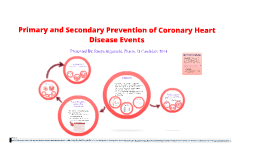





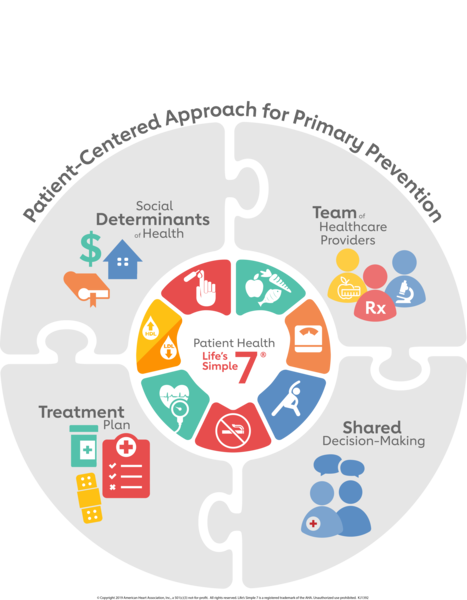
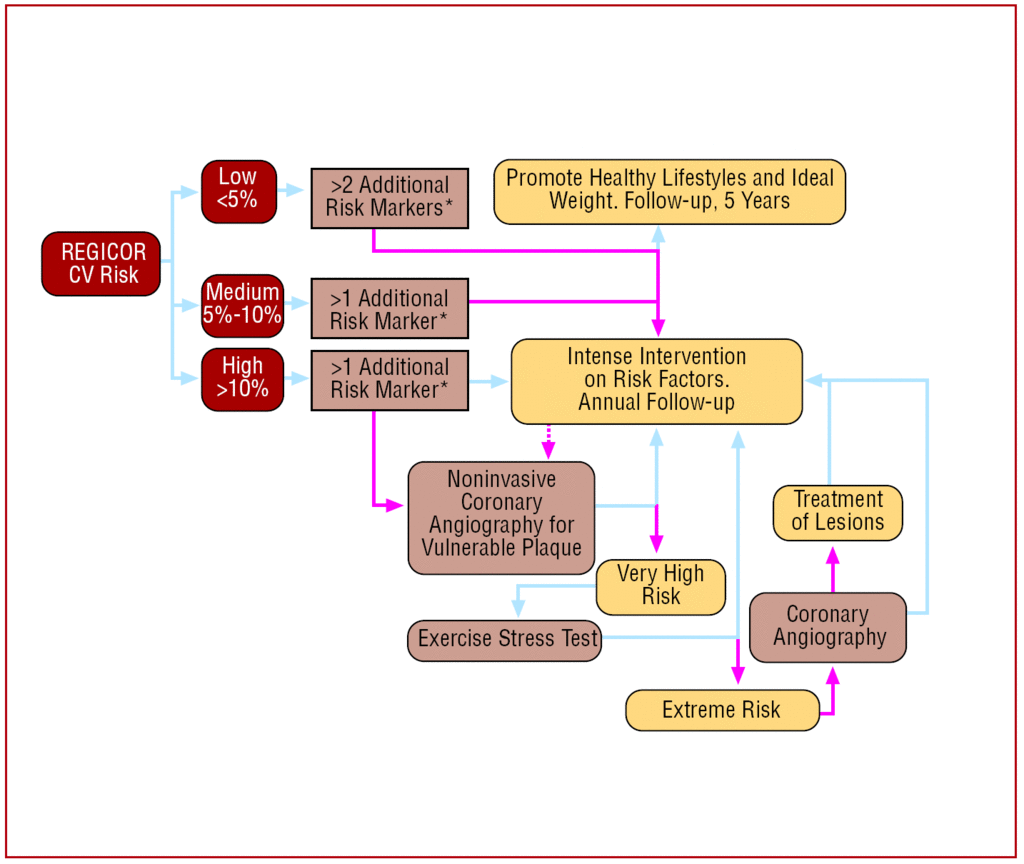
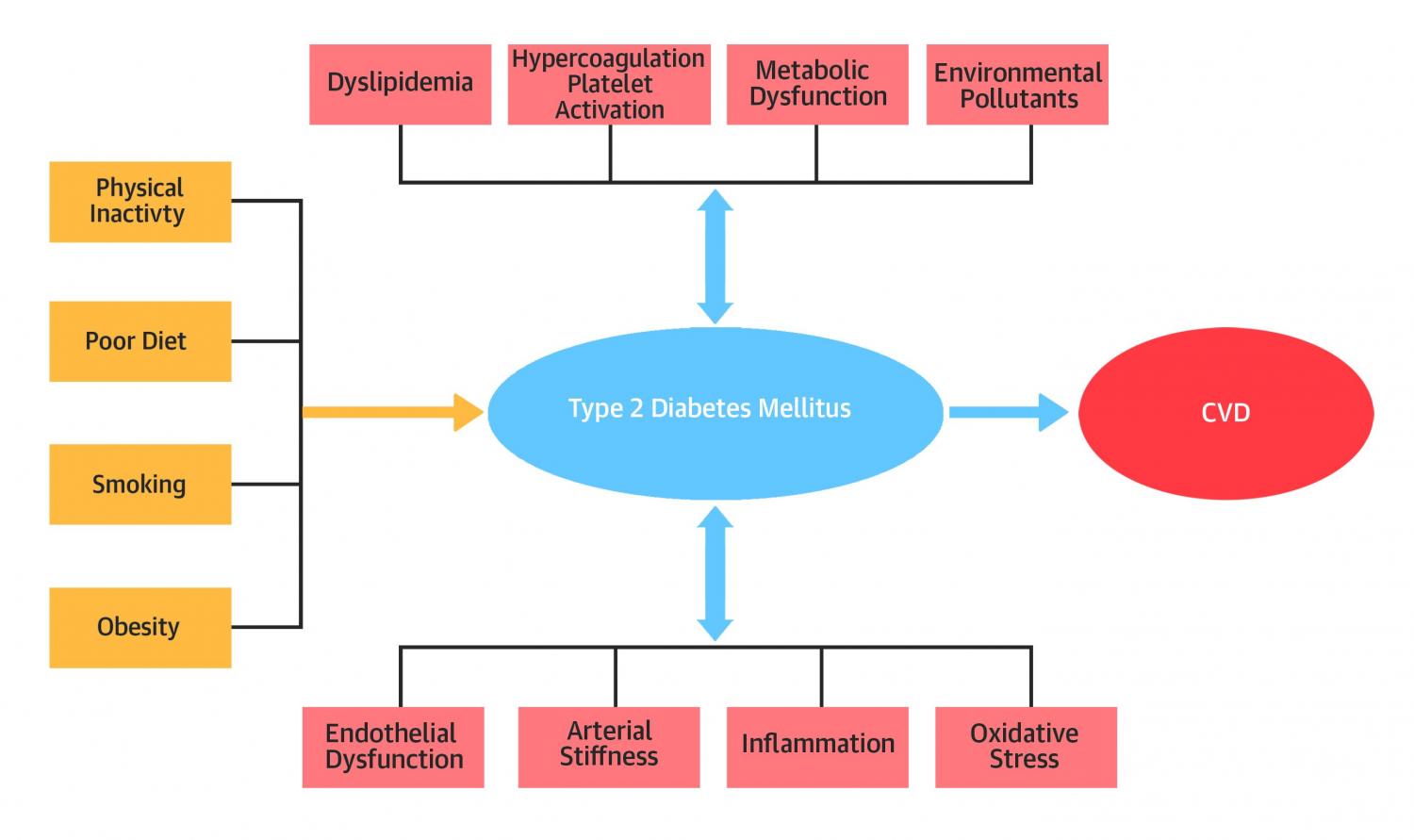
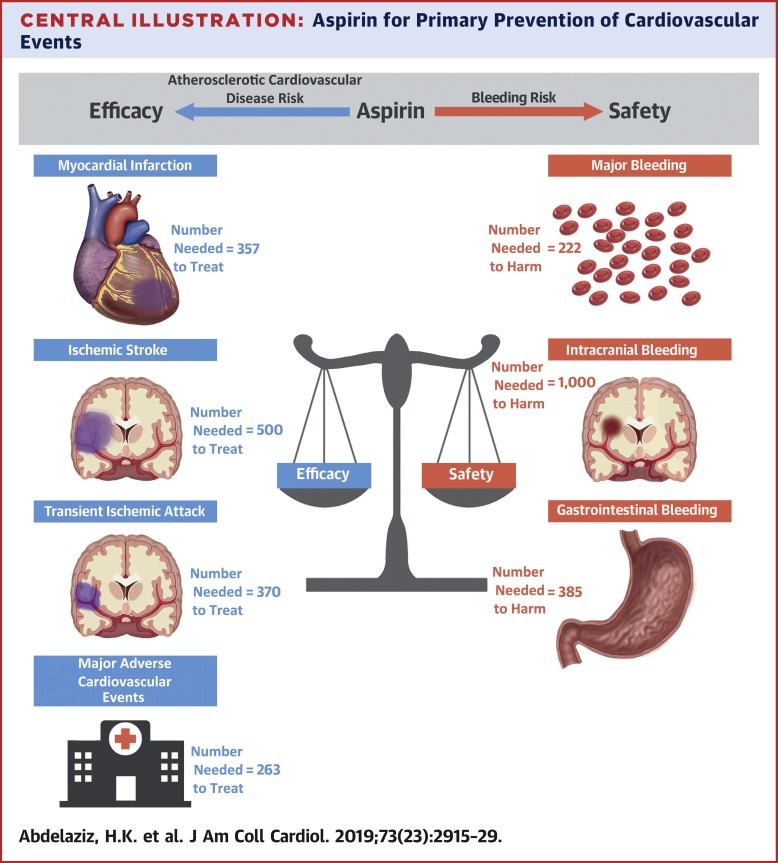







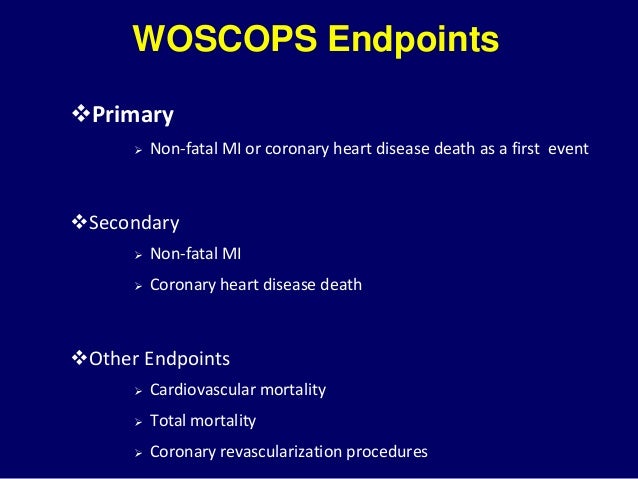








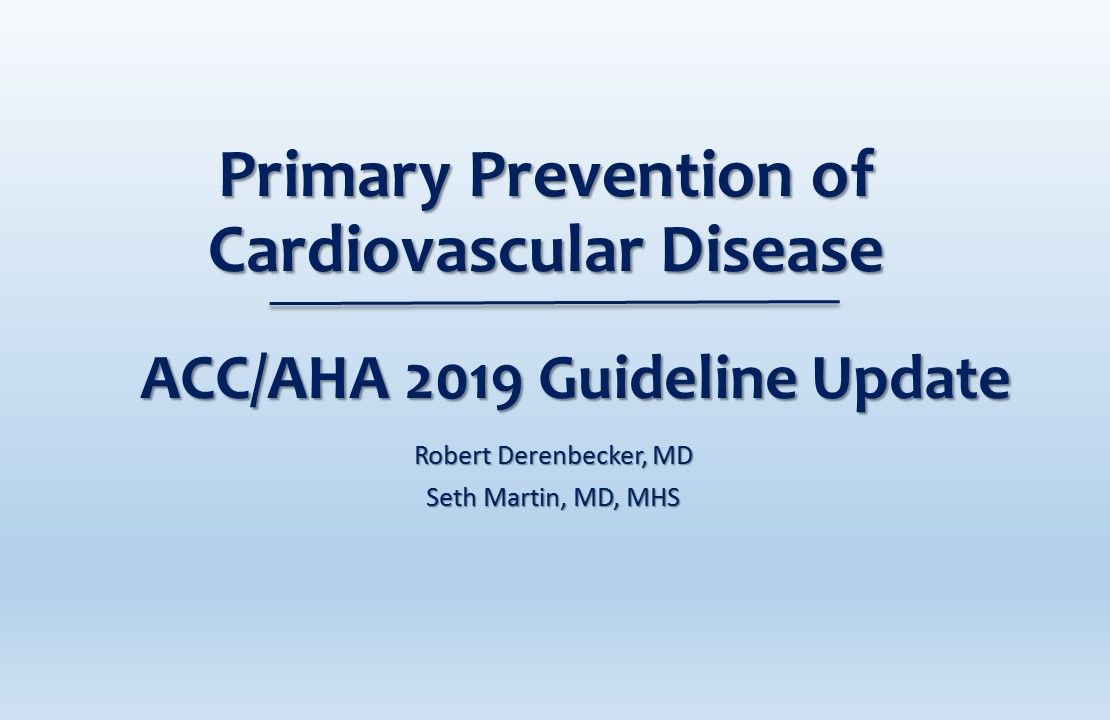




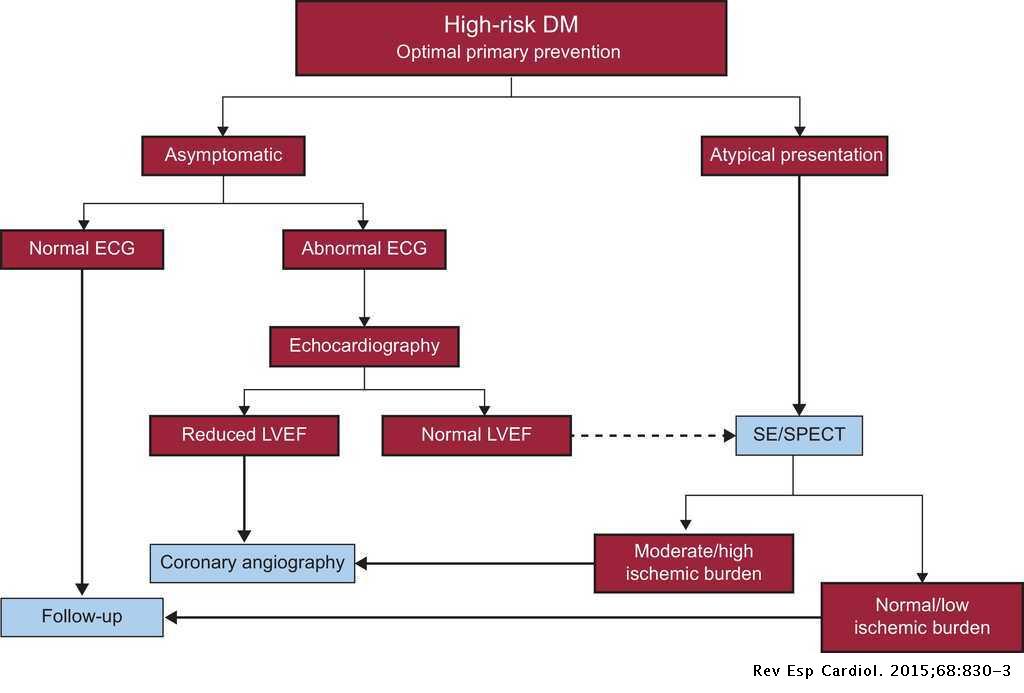

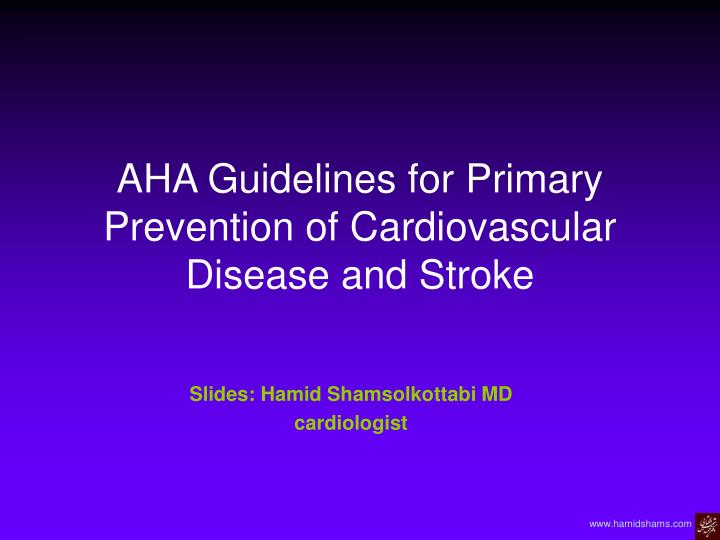





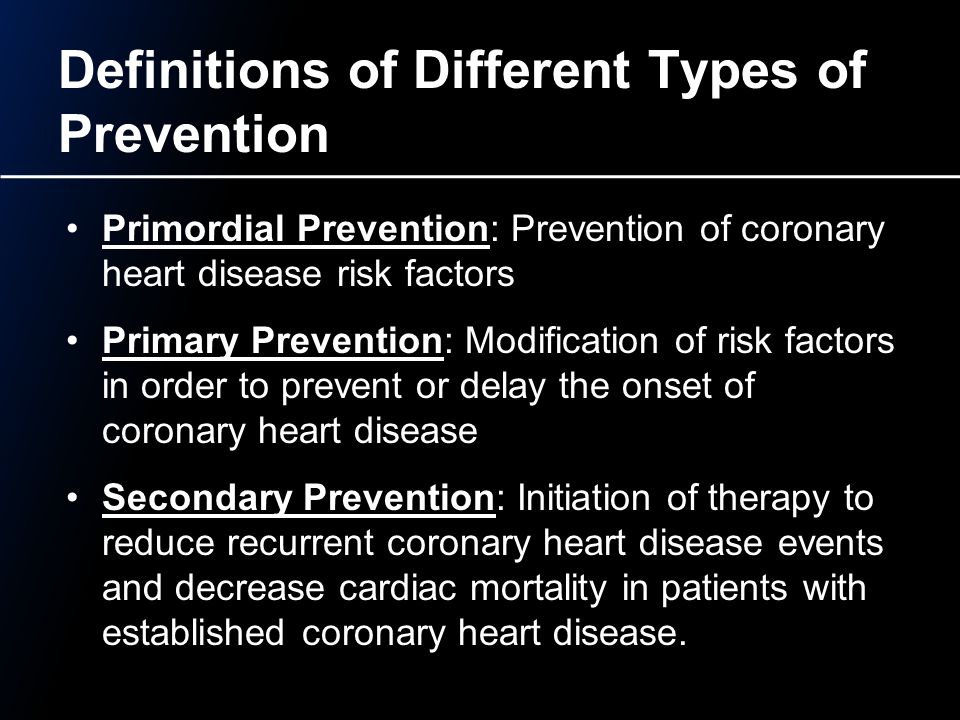


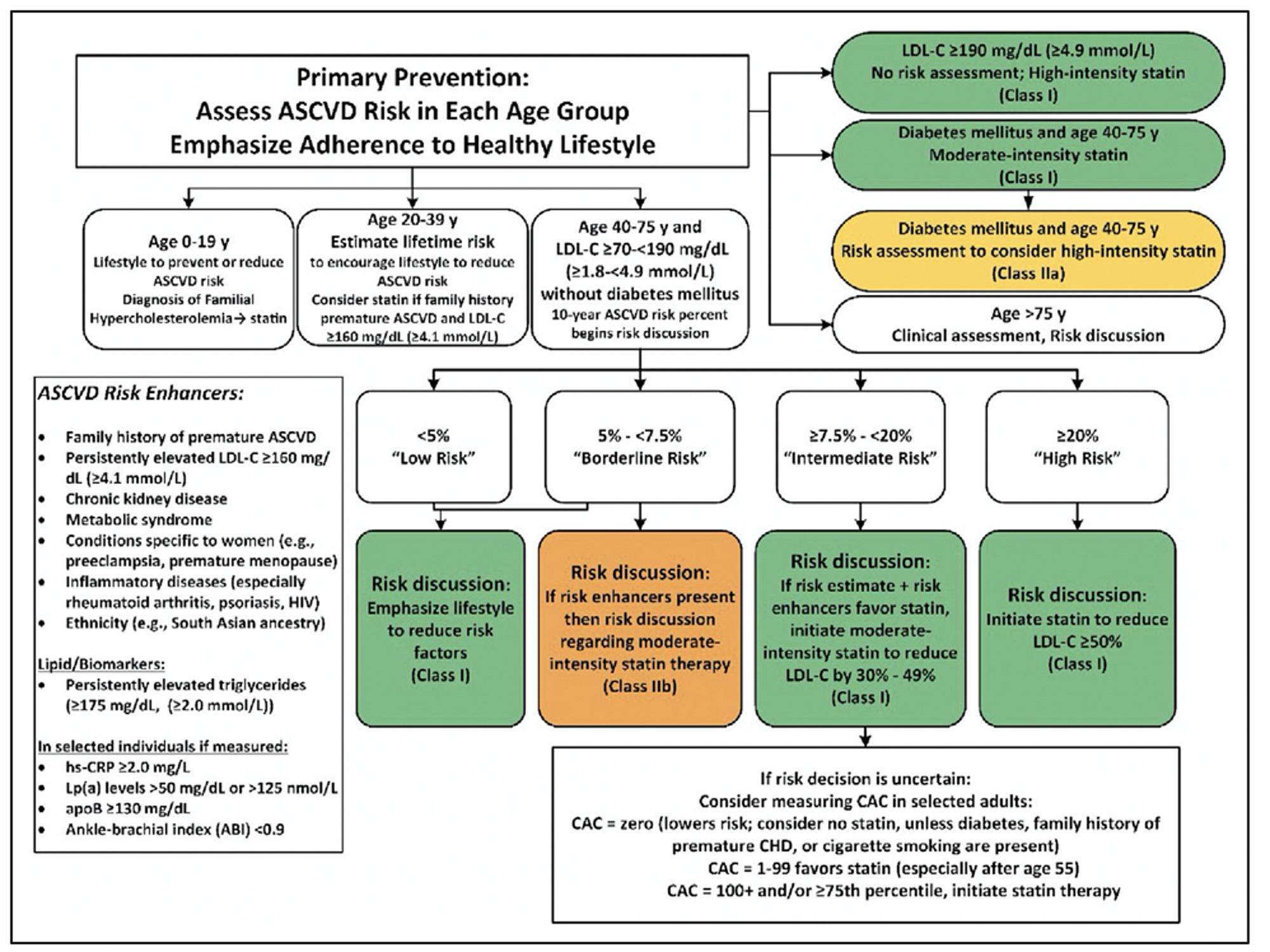

Posting Komentar untuk "Primary Prevention Of Coronary Artery Disease"